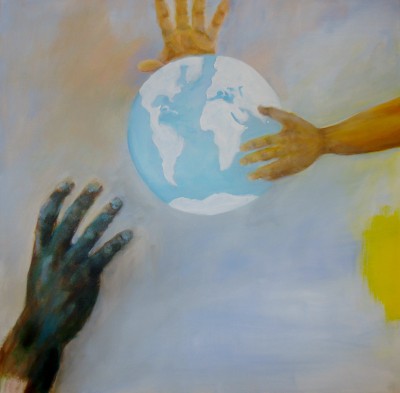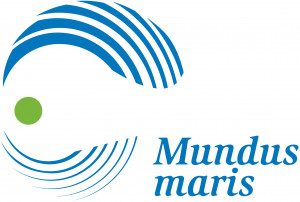What are the opportunities for nurturing cultural diversity and its many benefits in the future, using the augmented means at the disposal of humanity? Or will we all be swamped by Hollywood or Bollywood style social role models? Will consumerism trump over our need to reconnect with fellow travellers and nature on Earth? Will we loose the treasures of ‘minority’ or more traditional cultures complete with thousands of more languages spoken by only a few thousand people? Can socially marginalised or disadvantaged people regain a voice?
Such were the questions reverberating in the room and passionately discussed among participants of a two-day event at the University of Leuven (KULeuven), 15 and 16 May 2013, to celebrate and contribute to the 2013 edition of the World Day for Cultural Diversity.
What about women’s rights in those many cultures, which do not treat women on equal footing with men – including inferior pay for women doing the same jobs as men in Europe and other industrialised countries? Are there parallels between biological and cultural diversity?
How can the arts help to address some of the inequalities and raise awareness about the beauty of diversity and need to harness it at many levels?
Organised by Patricia Morales, visiting profesor at the KULeuven, the multidisciplinary and multilingual event was titled: «From cultural diversity to human identity».
It took place in the context of the international campaign of United Nations Alliance of Civilizations (UNAOC) and UNESCO titled «Do one thing for diversity» (DOT). The campaign aims at enticing people to inform themselves and act in favour of cultural diversity and social inclusion.
15 May was dedicated to an open artistic workshop welcoming different materials and texts in different languages. 16 May saw a conference, art exhibition and reception.



Convened in the spacious STUK hall in central Leuven (Louvain), the event invited master students of Ibero and Ibero-American studies, but also other interested members of the academic community.
In the welcoming and open atmosphere of the event, speakers delivered talks about the contribution of Ibero-American cultures to cultural diversity in the world and the creative tension between biological and cultural diversity. As part of the Mundus maris contribution, I introduced the audience to FishBase, the global web archive on all fish species known to science and discussed the differences and commonalities between biological and cultural diversity.
The section on musical diversity made the power of music felt as it goes straight to the heart across cultural boundaries.
The exhibition contained some 25 works of artists from Belgium and other countries, which were introduced in different languages, mostly by the artists themselves. The paintings were reflections about the ‘otherness’ of people met in other cultures and continents and a search for representing this ‘otherness’ and its discovery with empathy and curiosity.
Click here for the website of Terra Curanda to watch the video registrations of the main talks.
Cornelia E Nauen, May 2013
